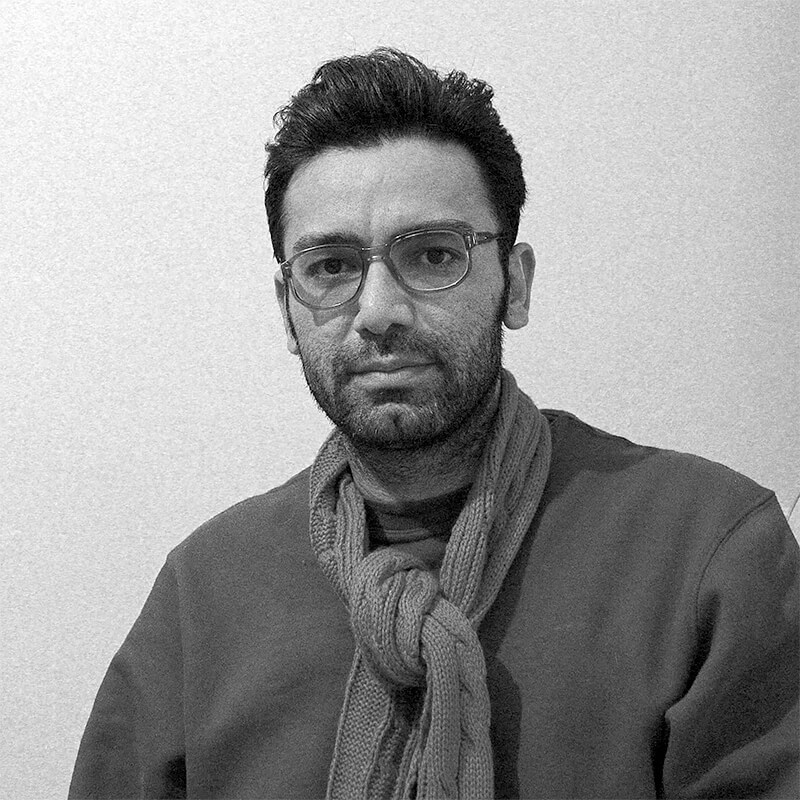Graduate of Industrial Design from Art College 2009. He is a contemporary Iranian photographer and documentary living and working in Tehran. His work is influenced by the poverty that exists in Iranian societies. Much of his work came from these people's real lives. Cinema extras, miners, fish dryers, and... The core of Alireza's work is real.
Originally a documentary photographer, it was several years before he started stage photography. He has been living and working in Hormuz Island since year 2014. Hormuz is an island in the Persian Gulf in southern Iran. It is one of the deprived areas of Iran. The result of his life in Hormoz Island is a collection of staged photographs displayed in various galleries in Tehran. Photos are generally symbolic of the new conditions in which he lives.
Statement
"Hormuz An ancient island, lies in the Strait of Hormuz, between the waters of the Persian Gulf. Because of the special climate that has, it will donate unique features. The mystery of Hormuz's nature is the result of its wild geography. High humidity and heat have eroded more than anywhere in Iran. Hormuz has an ancient history, but for me, where I had lived there for seven years, it has an imaginary history.
The nights of Hormuz are foggy. Light is spreading, and this is where photography approaches me for painting. I walk the streets and paint with my camera and city lights. The softness and velvety nature of fog blows my mind. On some nights I could not recognize the lights, it seemed superhuman beings were, trying to conquer the island. Jinns, sea ghosts and maybe Martians. Whatever they are I welcome them..." -- Alireza Memariani
